Episode 1
Every afternoon, I join thousands of Ontarians crawling along the 401. Rush hour is the same story every day: brake lights stretching into the horizon, engines idling, tempers rising. My car radio is locked on 680 News — and like clockwork, the updates roll in: “accident blocking two lanes near the 427,” “volume very heavy approaching Keele,” “expect delays through Scarborough.”
It’s not breaking news anymore. It’s routine.
This is the reality for millions of people in Ontario. Commutes that should take 30 minutes stretch into 90. Time that should be spent with family is spent in traffic. Gas prices eat away at household budgets, and every accident, every closure, adds another layer of stress. It doesn’t just waste money — it chips away at morale. Day after day, Ontarians are reminded that the system is failing them.
But here’s the truth: it doesn’t have to be this way.
The Need for a 50-Year Vision
Ontario is growing. Fast. Every year, more people arrive, more cars hit the roads, and more time is lost. Without change, congestion will only get worse, costs will keep climbing, and climate damage will deepen.
Now imagine something different:
A student in Sudbury boarding a high-speed train in the morning and arriving in Toronto in less than two hours. A nurse in Windsor commuting comfortably to a new hospital job in London without worrying about winter roads. A family in Ottawa visiting relatives in Hamilton without touching a car.
This is not fantasy. This is the reality Ontario could build — if we choose it.
The Cost of Standing Still
When governments hesitate, when projects are delayed or cancelled, Ontarians pay the price:
-
Billions lost to traffic congestion every year.
-
Families trapped in the financial burden of car ownership.
-
Lost opportunities for jobs, business growth, and education.
-
A climate future locked in by car dependency.
Doing nothing is not free. Doing nothing is the most expensive decision of all.
A Province Connected
Think of Ontario not as a series of isolated cities, but as one living, breathing network. High-speed rail is not only about speed; it’s about connection. It’s about stitching together families, communities, and cultures.
Indigenous communities must stand at the centre of this vision — as leaders, as guardians of the land, and as equal partners in the opportunities it brings. Our cities, too, must stop thinking in isolation and begin working as one province, united by a common future.
This is what a connected Ontario looks like: less time in traffic, more time with loved ones; less money burned at the pump, more money for what matters; fewer emissions in the air, more hope for the generations that follow.
Beyond Politics
For too long, politics has stolen our future. One government builds, the next one cancels. Legacies are written in ribbon-cuttings, not in long-term results. That cycle has cost Ontario billions — and years we can’t get back.
Ontario Connected must be different. It is bigger than politics. It belongs not to premiers or parties, but to Ontarians. Like healthcare and education, it must endure beyond elections, because its purpose is greater than any one government.
Closing Vision
Episode 1 is not just an introduction. It’s a call to imagine. To see the Ontario that could exist 50 years from now — and to realize what we stand to lose if we fail to act.
This is the vision. This is the why.
Episode 2: Planning and Mapping the Grid, where we turn vision into reality.
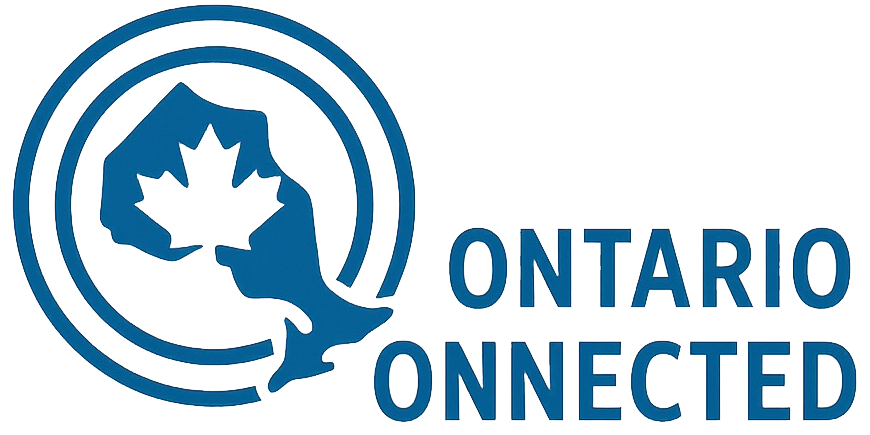
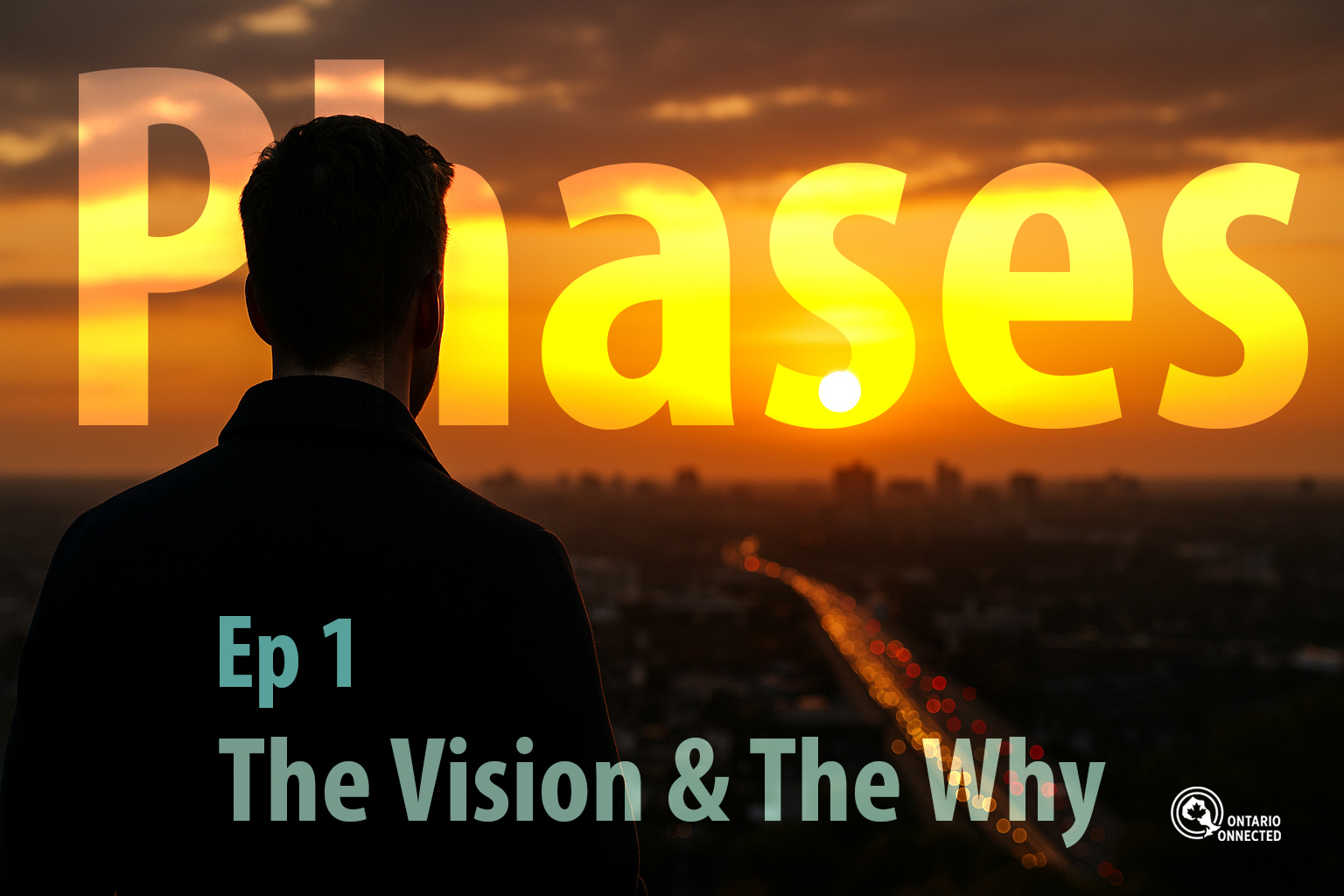
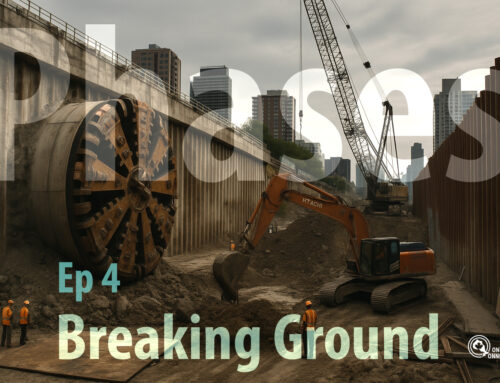
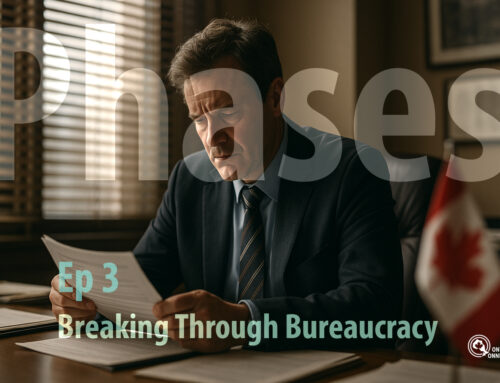
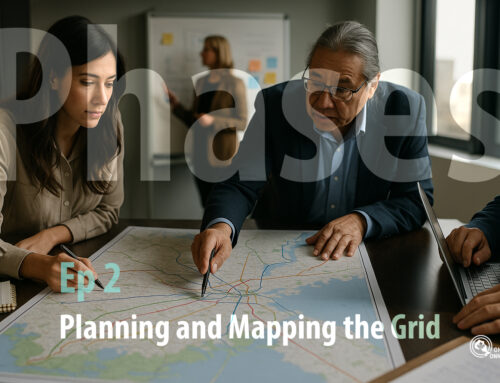

Leave A Comment
You must be logged in to post a comment.